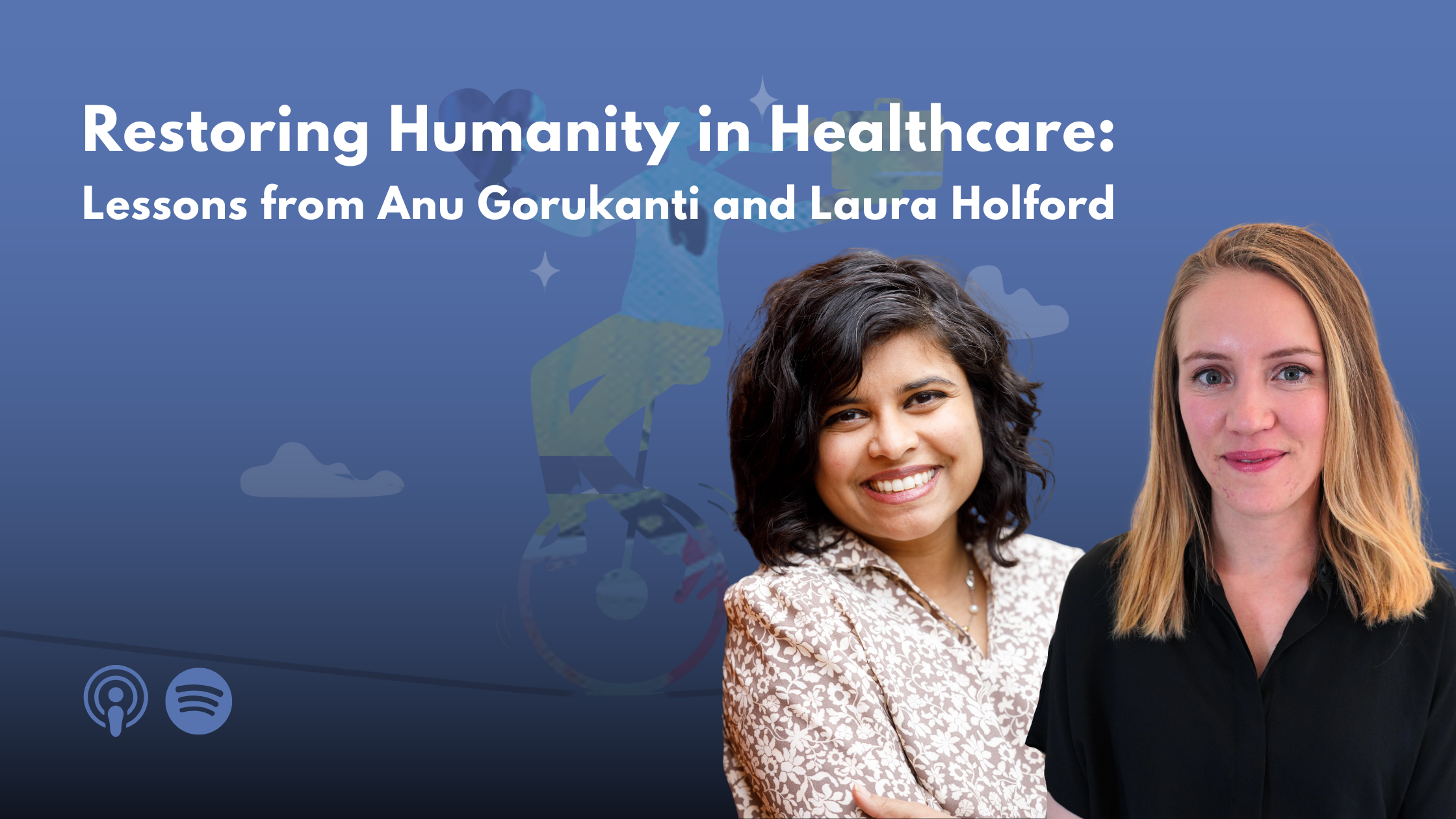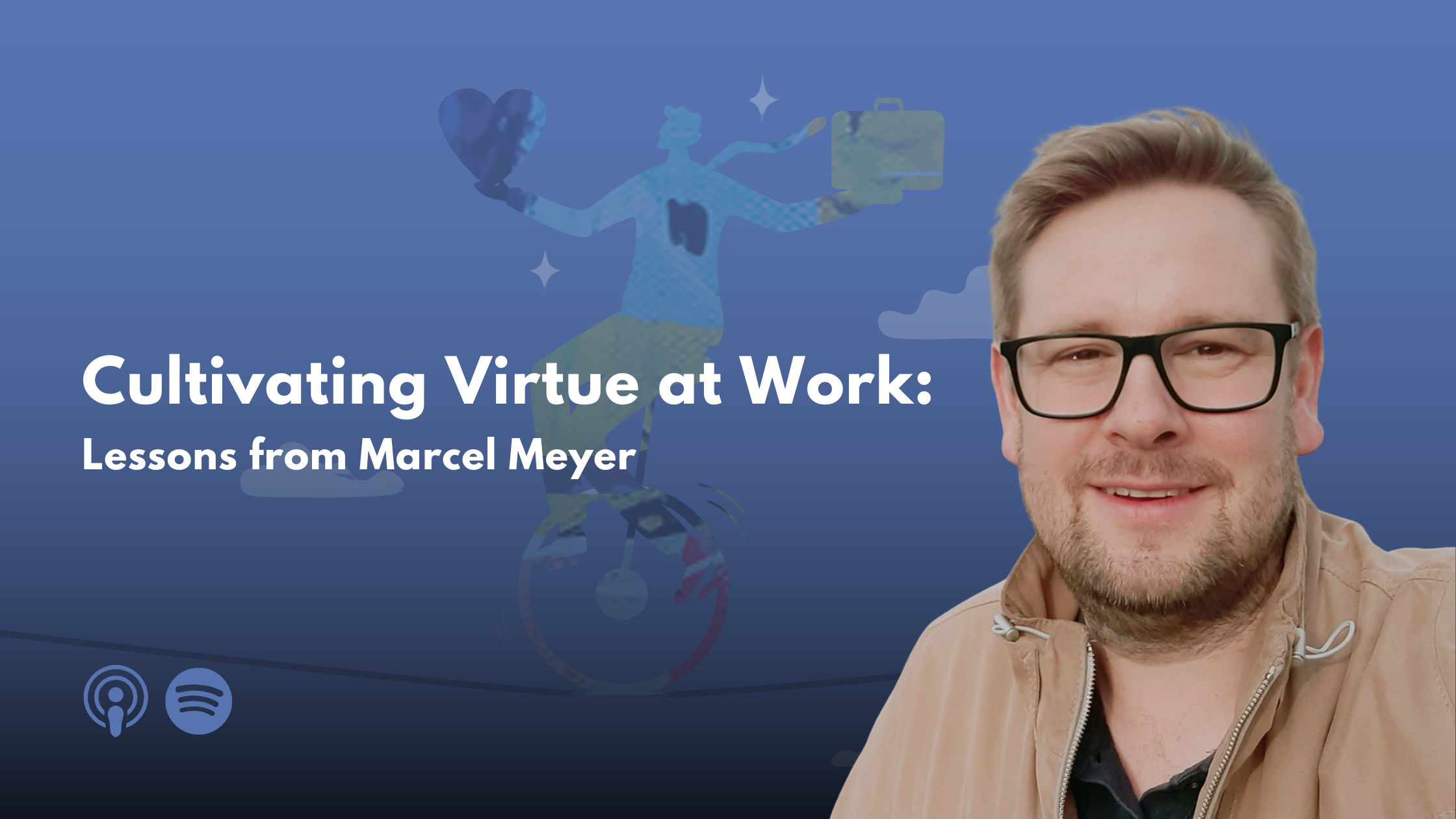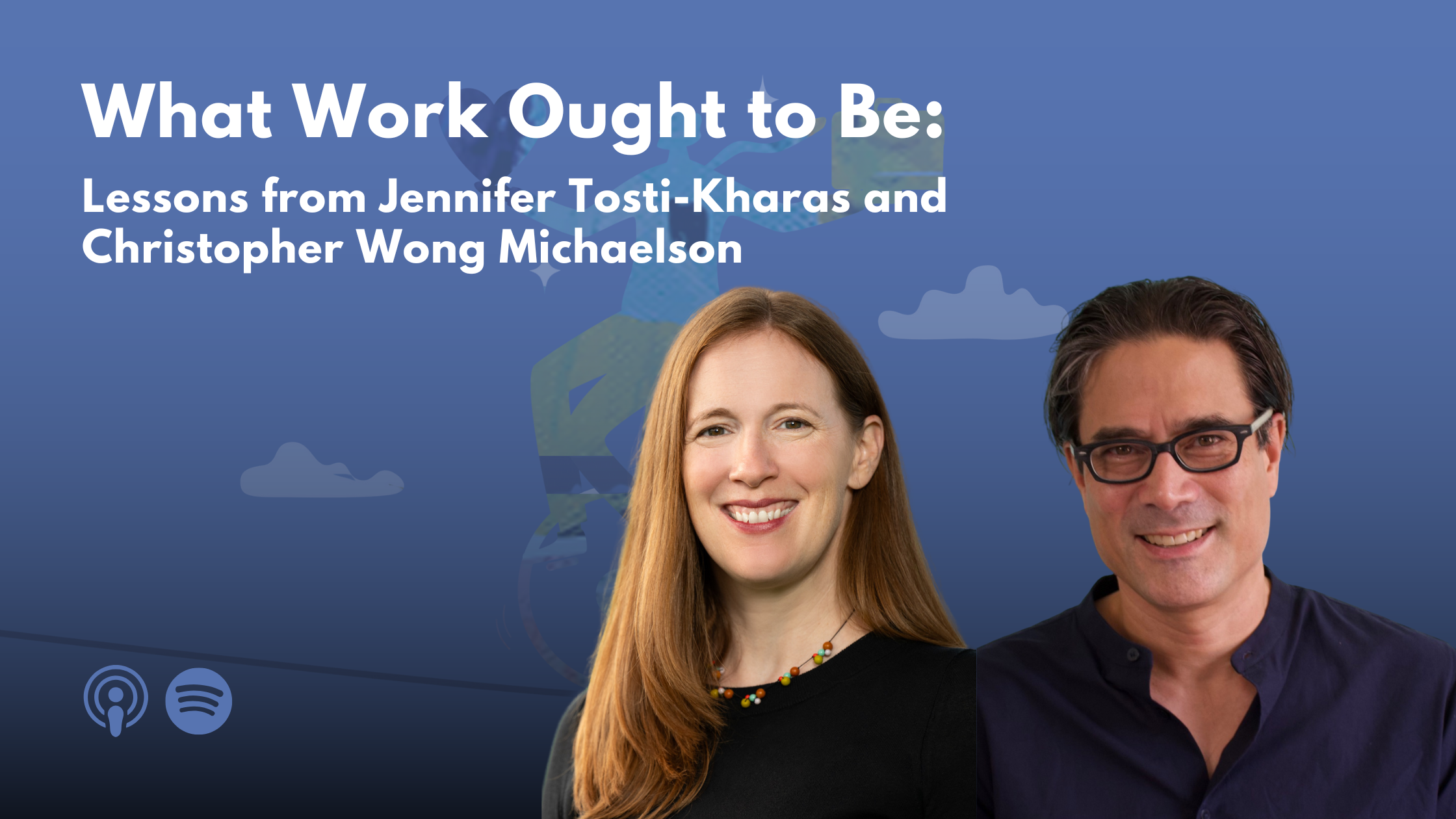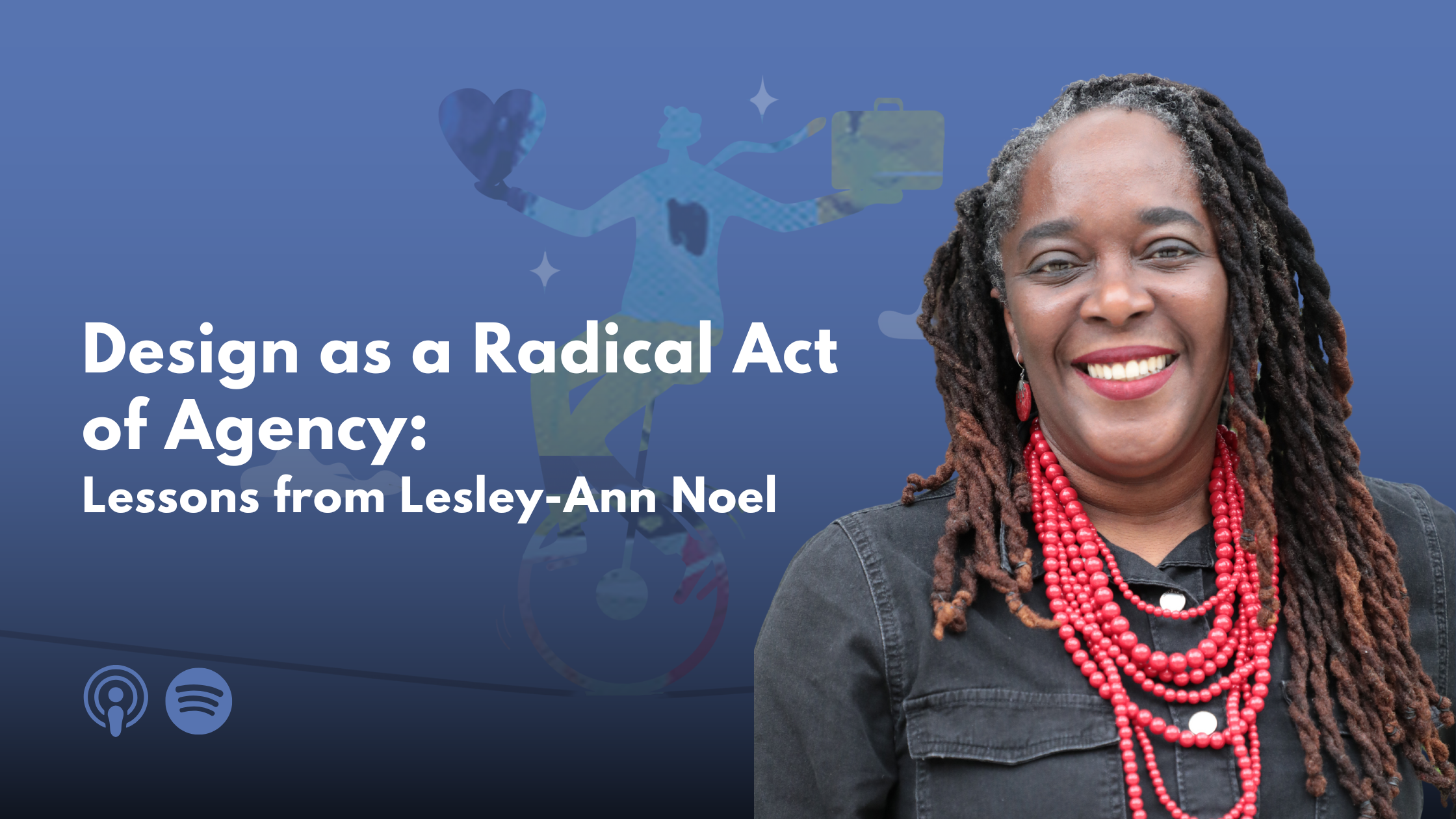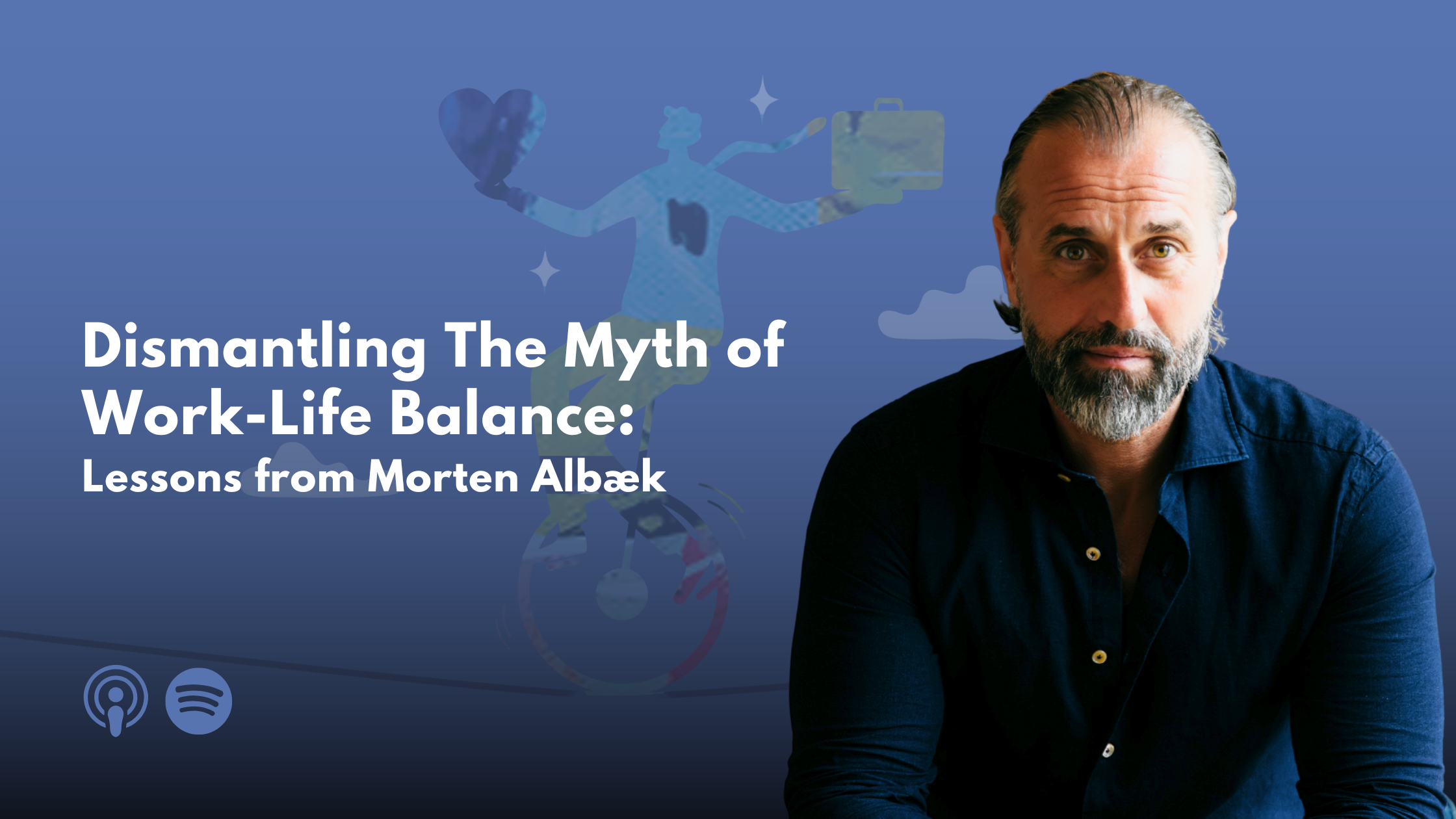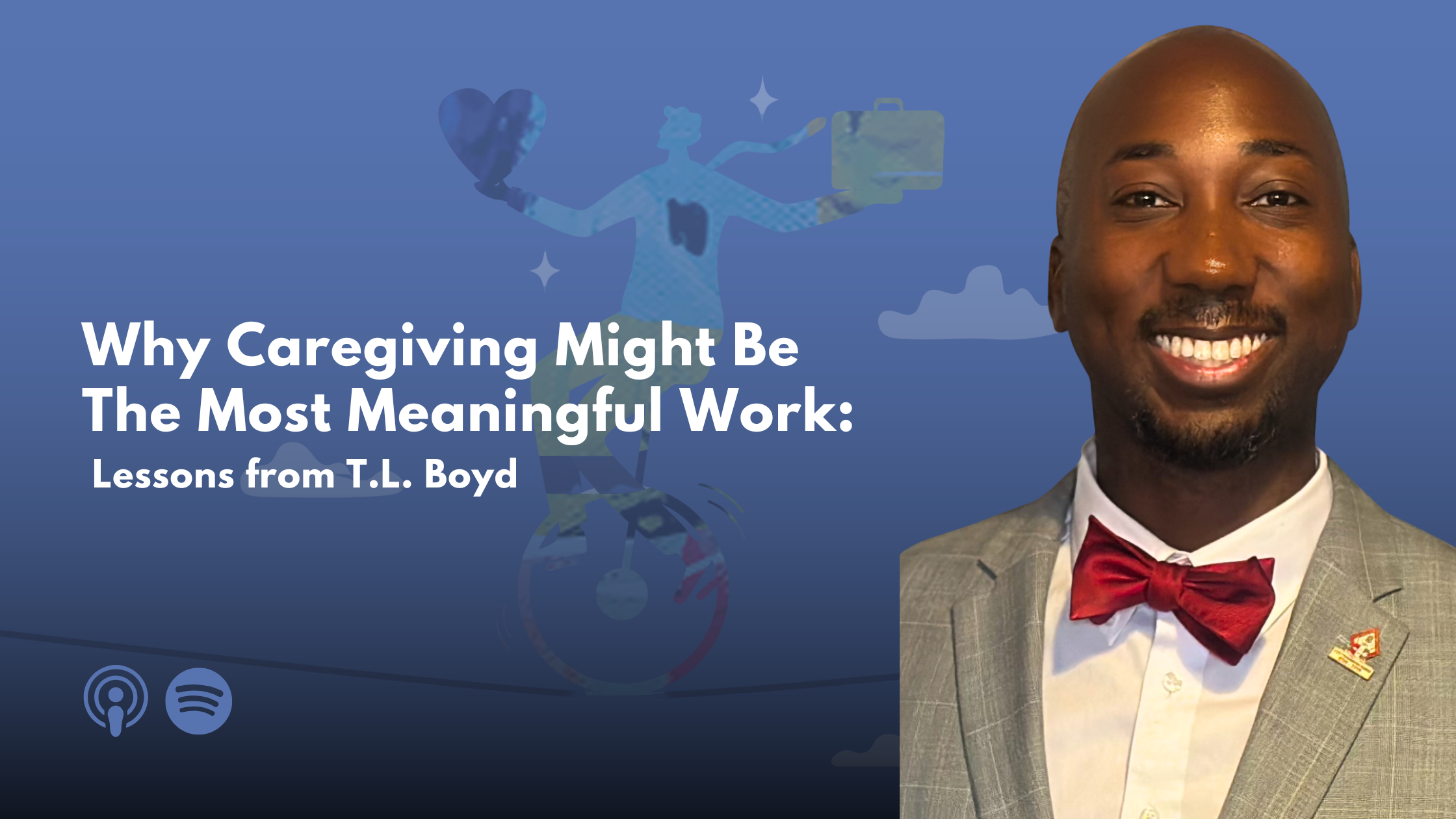This episode of Meaningful Work Matters brings together two clinicians who have spent their careers caring not only for patients but for the people who care for patients.
Andrew Soren talks with Laura Holford, an oncology certified nurse and public health nurse, and Anu Gorukanti, a pediatric hospitalist and public health advocate. Their work through Introspective Spaces focuses on supporting healthcare workers who feel stretched, isolated, or disconnected from the values that brought them into medicine in the first place.
The Weight of Moral Distress
The episode begins with a distressing truth. Many people join healthcare because they want to help others, yet so often the systems they step into make that difficult. Gorukanti describes how clinicians enter the field with an intention to relieve suffering, only to find themselves working in settings shaped by profit, inequity, and limited resources. Training pathways often reinforce this disconnect, leaving many clinicians feeling as if they have lost parts of themselves before they ever begin their careers.
Moral distress stems from the moments when a clinician knows the right thing to do but cannot act on it. Staffing ratios, time pressures, administrative decisions, or financial priorities can all block meaningful care. Over time, these constraints chip away at you. In Holford words, the experience feels like “a shift in your belief in what is good.”
When the moral distress persists, it can become moral injury, a mix of powerlessness, isolation, and shame. The shame comes from feeling responsible for harm, even when the system created the conditions. The isolation comes from believing you are the only person feeling that way. The powerlessness comes from facing barriers that feel far bigger than any individual can move.
Layers of Impact
Even when a clinician changes jobs or finds a healthier work environment, the layers of moral distress do not disappear. Global conflict, political violence, and systemic inequities shape how clinicians relate to their daily work. These external forces create a wider moral context that influences the emotional life of a caregiver.
Gorukanti emphasizes that clinicians often witness forms of suffering that few people see. Families struggling with basic needs. Children without access to stable housing or food. The emotional realities of loss and uncertainty. When healthcare systems do not address these root causes, clinicians often feel they are standing at the edge of something much larger than themselves.
This leads to a question: If moral distress is shaped by conditions far outside any single workplace, where do healthcare workers begin? What does healing look like when the wounds come from both inside and outside the system?
Returning to Humanity Through Community
The answer begins with community.
Introspective Spaces began as two clinicians holding each other accountable and slowly grew into interdisciplinary groups who gather to practice reflection, creativity, and vulnerability.
Holford describes how surprising it felt to sit in a circle with people across the hierarchy. Nurses, physicians, chaplains, therapists, and others. People who had worked beside each other for years but had rarely shared how their work shaped them internally. She recalls moments when participants saw each other’s humanity for the first time, and the impact this had on how they viewed their own roles in healthcare.
Gorukanti explains that these spaces challenge the norms of a clinical environment. Healthcare culture often rewards stoicism and discourages emotional expression. In reflection groups, people can name their grief, their hope, and the parts of themselves that feel lost. They can practice presence instead of urgency. They can share stories without the pressure to fix anything.
This mutual recognition becomes a source of strength. When clinicians feel part of a collective, the isolation of moral injury loses some of its force. People begin to recover a sense of agency, not as individuals trying to change a system alone, but as part of a community capable of imagining something better.
Creativity and Spirituality as Anchors
A significant part of the conversation explores the role of creativity and spirituality.
Introspective Spaces uses The Artist’s Way as a foundation for many of its groups. Both guests talk about creativity as a path back to the self, a way to reconnect with values and purpose after long periods of emotional and moral strain.
Holford reflects on the deep spiritual roots of caregiving. Ancient traditions placed care work inside communities that practiced contemplation, song, ritual, and shared labor. She notes that spirituality does not need to be coded or billed to have value. It already has value because it shapes how people show up with presence and grounding.
Gorukanti brings in her Buddhist perspective, which emphasizes community and right action. She explains that reflection and contemplation help clinicians understand who they are and how they want to show up in the world. When people act from that clarity, they create healthier and more humane environments for patients and colleagues.
The conversation makes clear that creativity and spirituality are not escapes from the realities of healthcare. They are tools that help clinicians stay connected to meaning while facing those realities.
Mutuality at the Bedside
Soren asks about the relationship between this inner work and patient care. Gorukanti explains that mutuality challenges the hierarchy between clinician and patient. When clinicians see themselves as people with their own joys and struggles, they become more open to the experiences of the people they serve. They practice honesty, humility, and presence.
Holford adds that patient outcomes improve when clinicians take care of their own well-being. Fewer errors, shorter stays, reduced infection risk. These improvements show that healing the clinician and healing the patient are connected. The wellbeing of one influences the wellbeing of the other.
A reflection from one of their program participants captures this connection with striking clarity.
“Today I was moved to tears by a patient’s story. Instead of apologizing like I normally would, thinking it was unprofessional, I just said, I feel your story deeply. She smiled and said, you are human. It was a special moment.”
Presence creates healing. Humanity creates connection. And when clinicians feel grounded enough to show up as themselves, patients feel it too.
Building a New Way of Caring
Healing healthcare begins with clinicians caring for each other in small, steady ways.
Holford and Gorukanti view their work as creating small communities inside a larger system that is still struggling to meet the needs of its workers.
They hope these communities grow. They hope more clinicians feel able to slow down, speak honestly, and reconnect with their values. And they hope that collective care becomes a foundation for broader systems change.
Key Takeaways
Moral distress and moral injury are widespread in healthcare and influence how clinicians experience meaning.
Community care helps reduce isolation and rebuilds a sense of agency and shared purpose.
Creativity and spirituality offer grounding practices that help clinicians return to themselves.
Mutuality strengthens patient care and restores a sense of humanity at the bedside.
Healing begins when clinicians care for each other and trust that small communities can support larger change.
Resources for Further Exploration
The Artist’s Way by Julia Cameron
Emergent Strategy by adrienne maree brown
The Art of Gathering by Priya Parker
The Wounded Healer by Henri Nouwen

